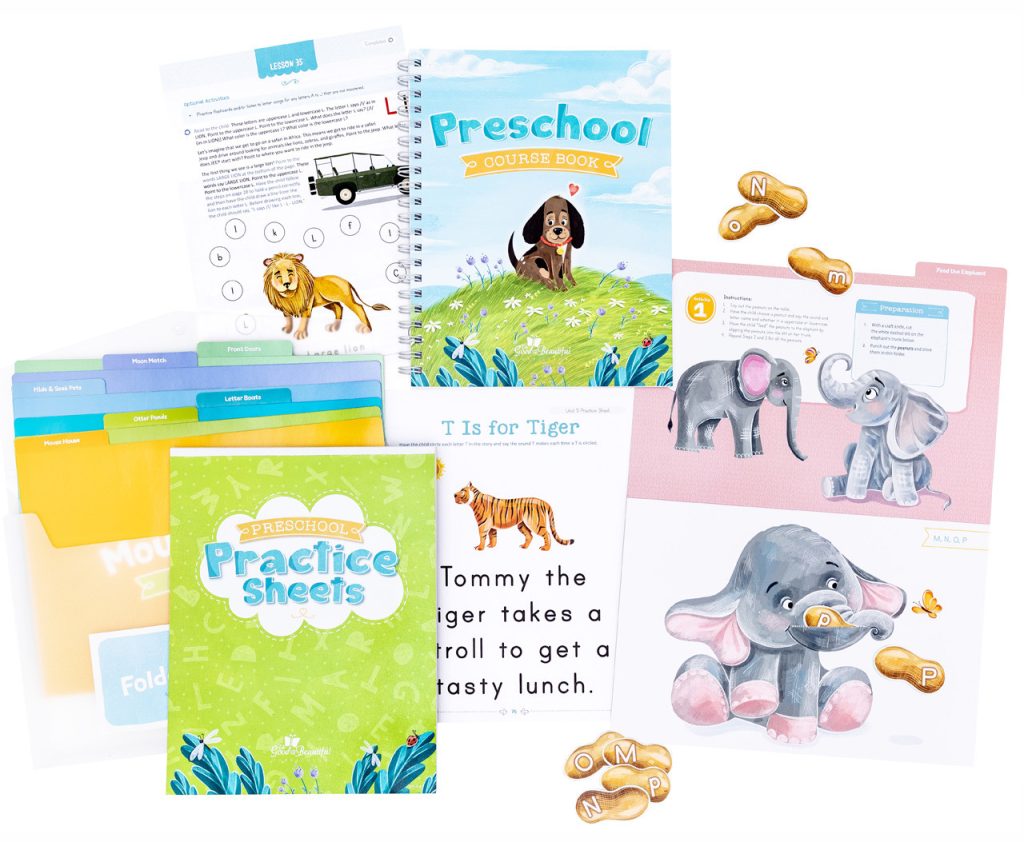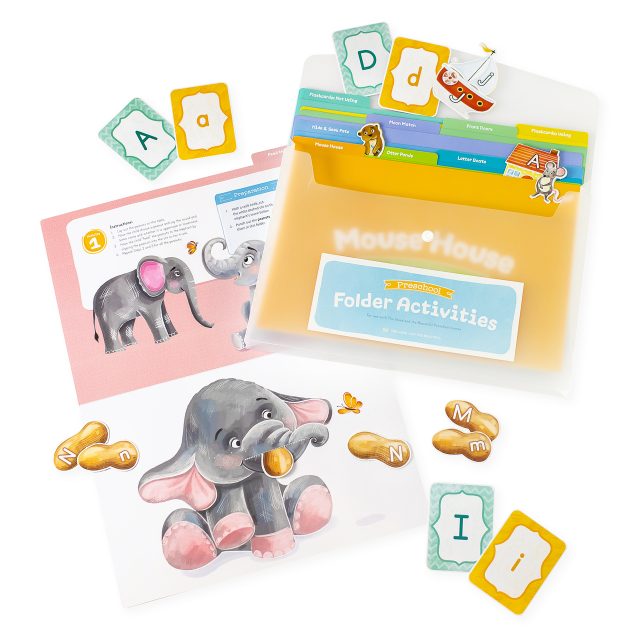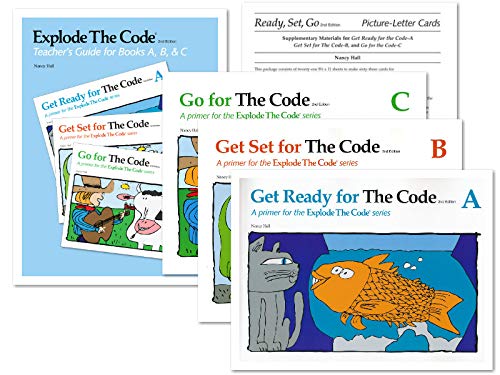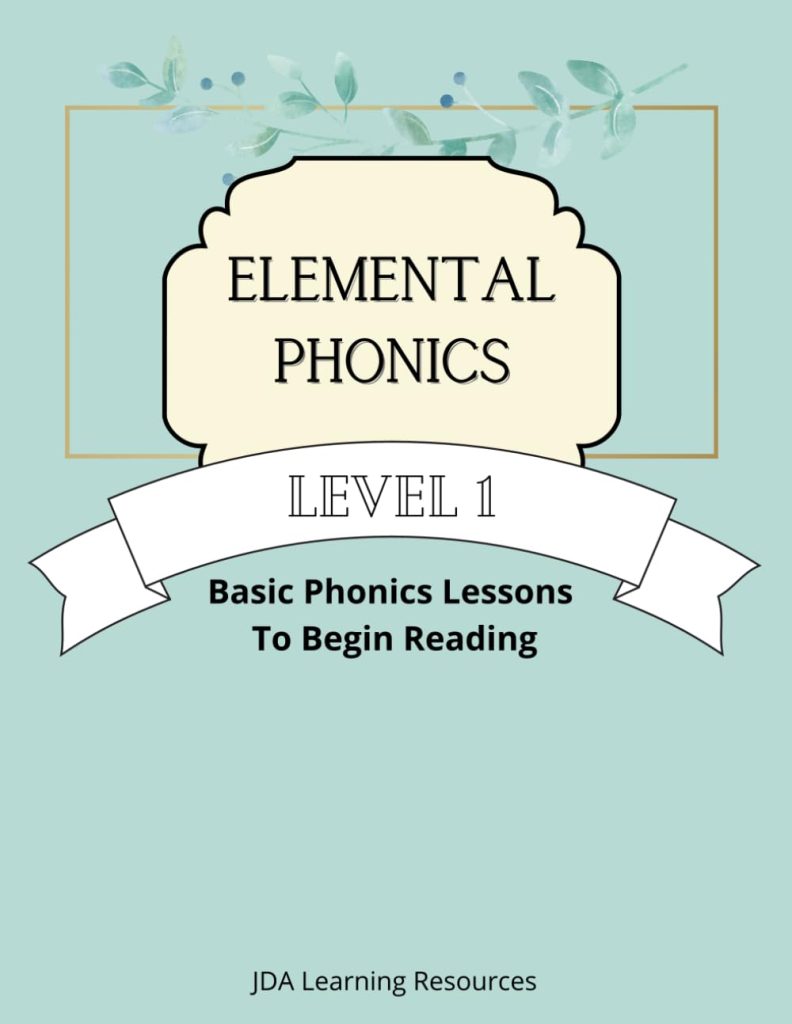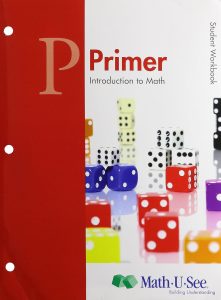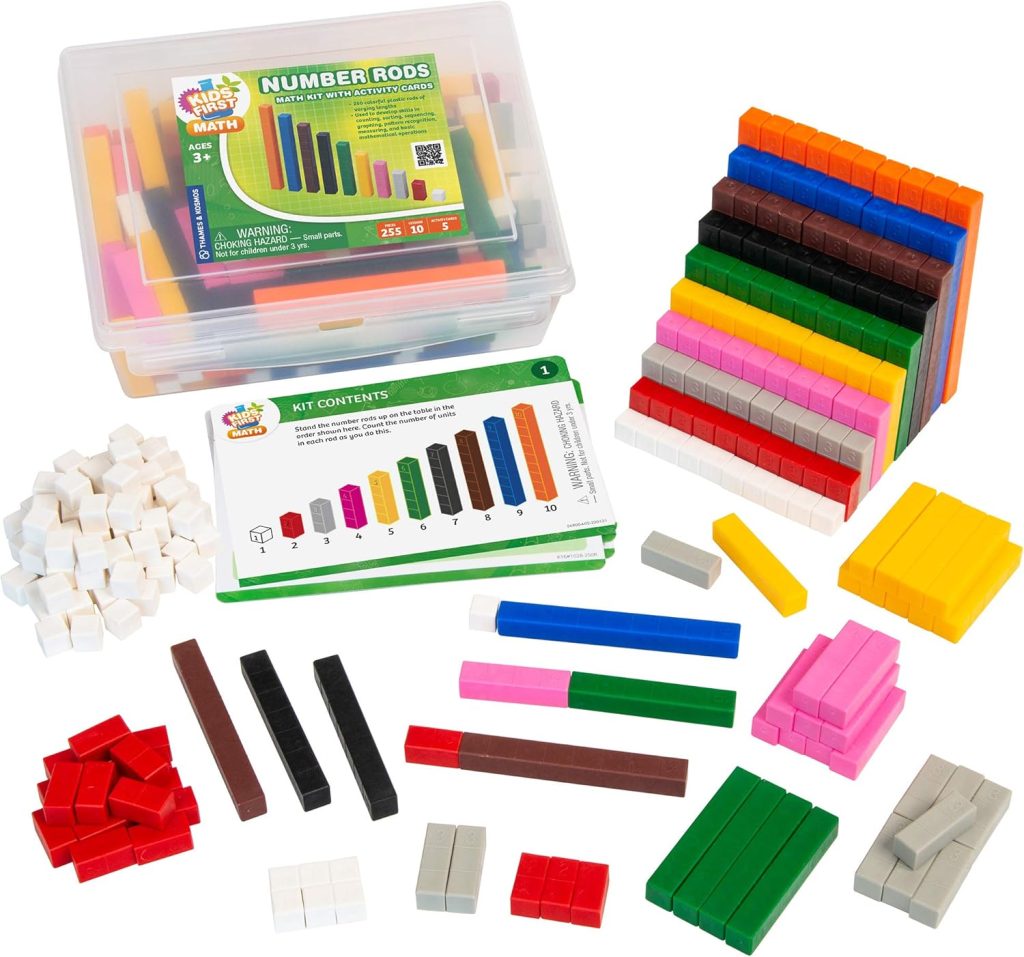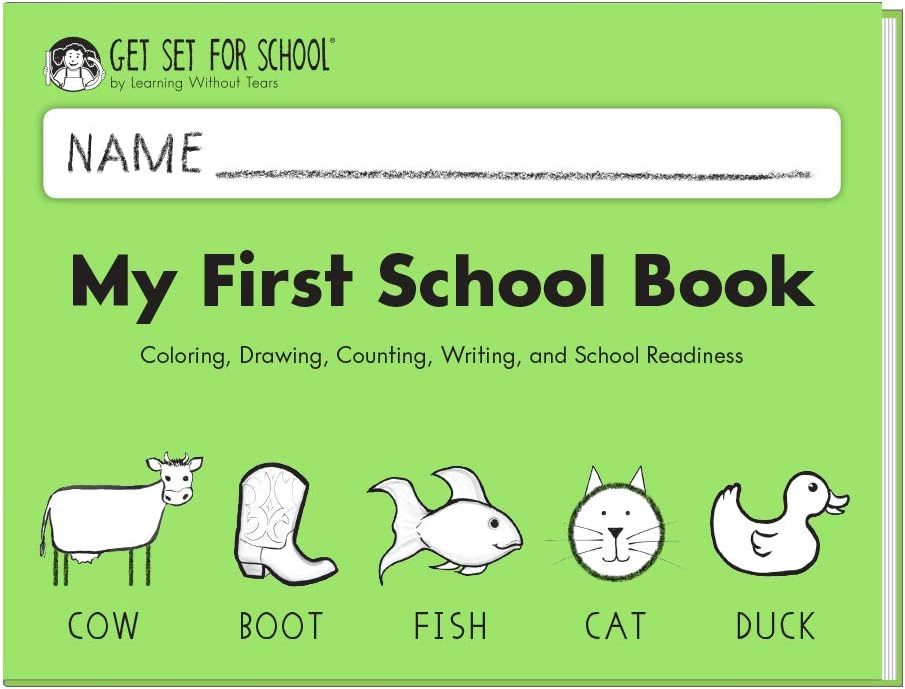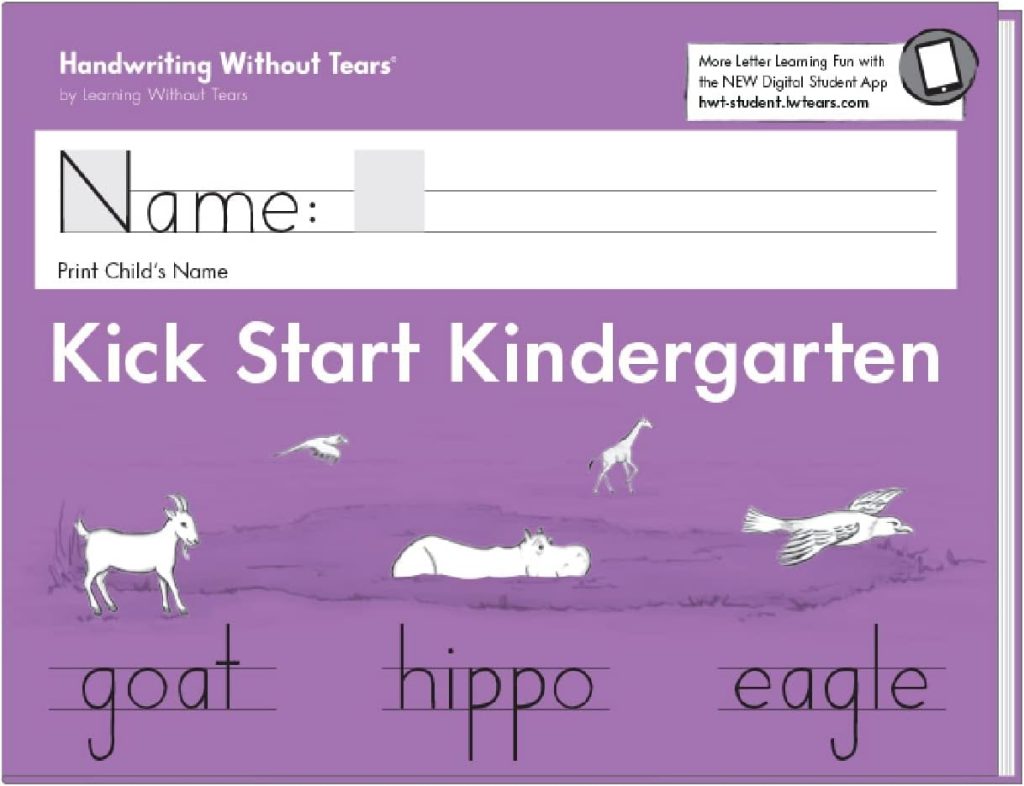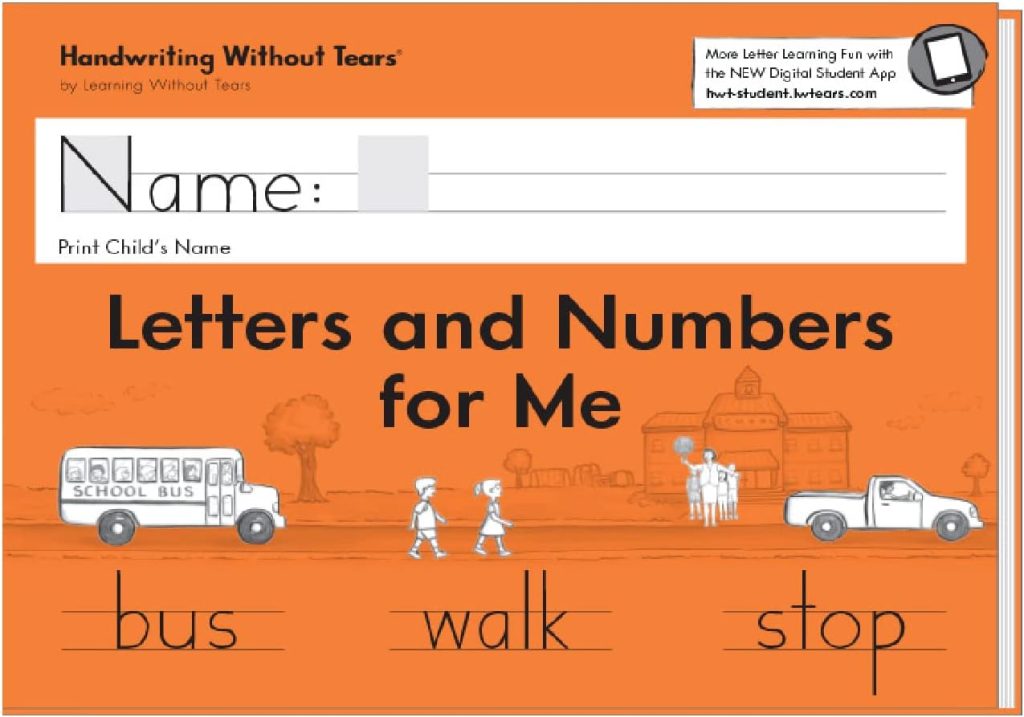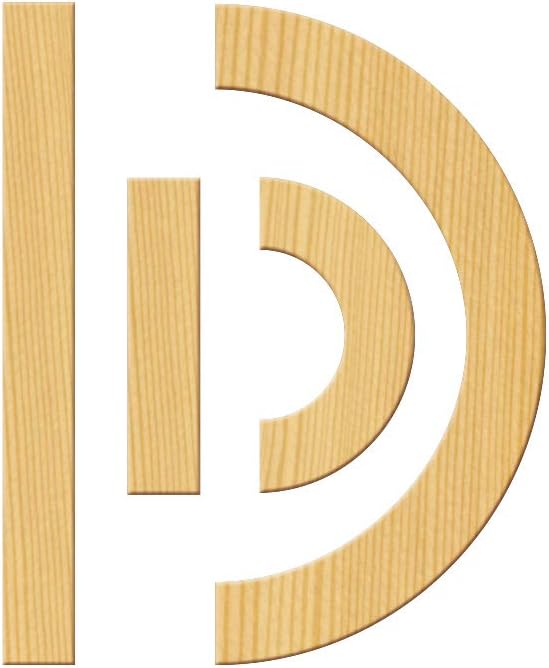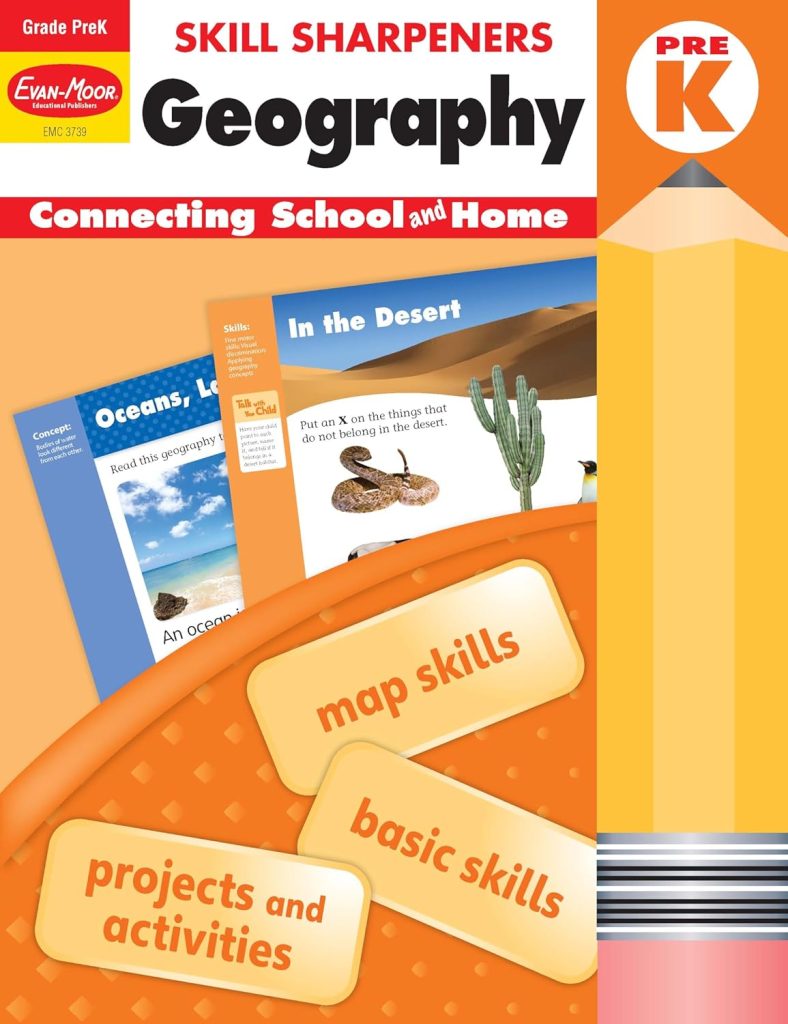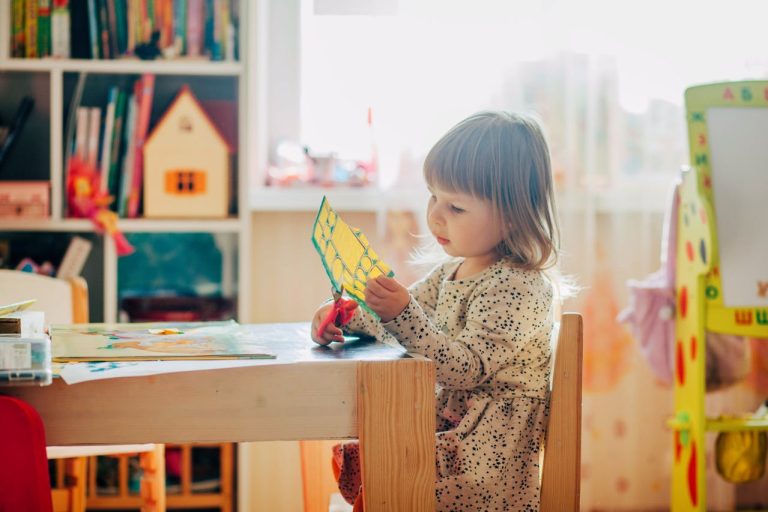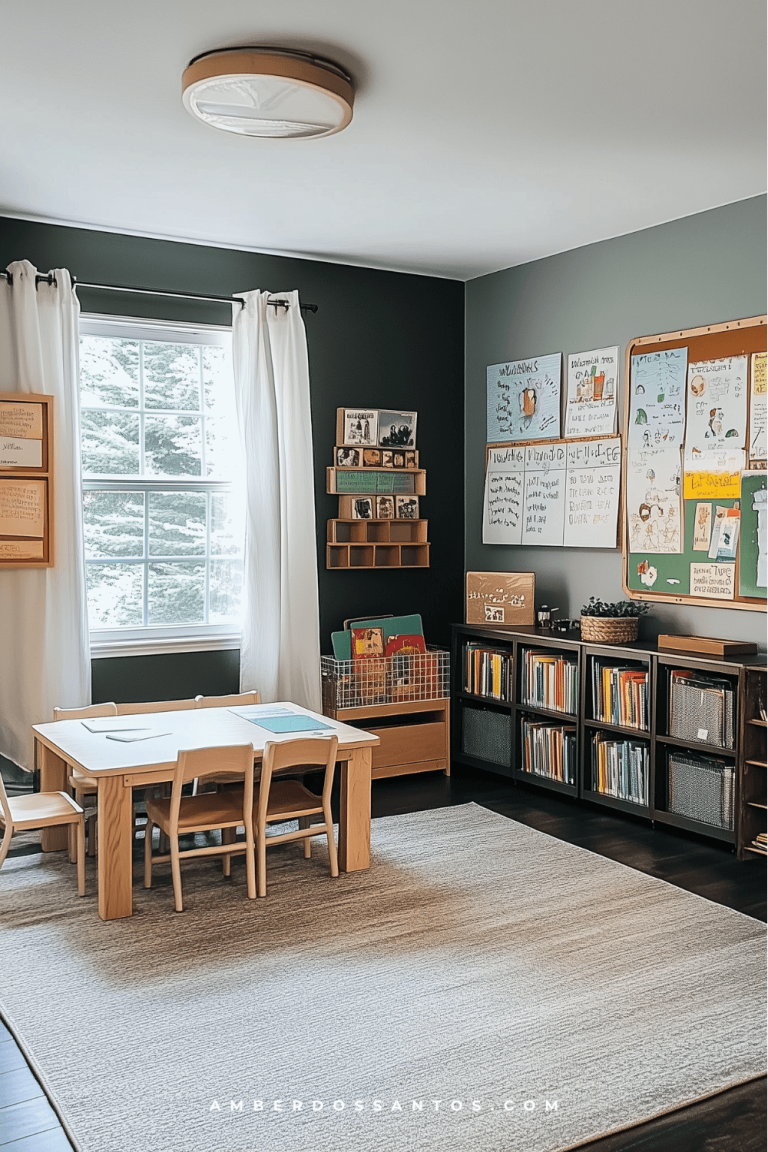6 Preschool Homeschool Curriculum Picks: What Actually Worked for Us in 2023-2024
Looking back on our first year of preschool homeschool curriculum choices, I remember those overwhelming late nights researching options. There’s so much to figure out when you first decide to educate your child at home – from choosing teaching styles to setting up a learning space.
If you’re currently deep in curriculum reviews, watching endless YouTube videos about early literacy, devouring homeschool books, and messaging every homeschool mom for advice – I see you! I was right there too, wondering if I’d make the right choices for my child.
After a year of hands-on experience with various programs and workbooks, I can now share what actually worked for our family. Whether you’re just starting out and feeling overwhelmed (totally normal!) or looking to adjust your current routine, I hope our experience helps you find your way.

This post contains links to affiliate websites, such as Amazon and LTK, and I may receive an affiliate commission (at not cost to you!) for any purchases made by you using these links.
Our Core Preschool Homeschool Curriculum Choices
As a new homeschool mom, I prioritized building a strong early literacy and math foundation while keeping my child engaged. I wanted clear teacher instructions and flexible lessons. With a preschooler, I knew we’d need the freedom to adjust our schedule daily. While every family’s journey is unique, I’m excited to share what worked for our successful preschool year.
Here’s what we used for our homeschool preschool year:
Language Arts & Reading:
- The Good and the Beautiful Preschool – our core preschool language arts curriculum
- Explode the Code Books A, B, and C – our chosen phonics curriculum
- Elemental Phonics Level 1 – systematic early literacy instruction
Math & Writing:
- Math-U-See Primer – our preschool math curriculum foundation
- Handwriting Without Tears – developing early writing skills
Other Subjects:
- Evan Moore Geography – beginning geography for preschoolers
Beyond the Curriculum:
- Daily read-aloud time
- Lots of indoor and outdoor playtime
Interested in what we used for our Kindergarten year? Check out the related reads:
- Our Homeschool Kindergarten Curriculum Picks & Worldschooling Plans (2024-2025)
- 29+ Must-Have Kindergarten Homeschool Supplies: What You Actually Need
In the following sections, I’ll detail each curriculum choice. I will share our experience with these multi-subject curriculum options and how we created a flexible homeschool routine that worked for our family. Let’s start with our early literacy program choices.
Pick #1: The Good and the Beautiful Preschool Curriculum Overview
The Good and the Beautiful Preschool curriculum is a colorful, spiral-bound workbook designed for ages 3-5. It includes everything needed for early literacy, from letter recognition to basic phonics, incorporating art, songs, and simple games. Add basic supplies like crayons and scissors, and you’re ready to go.
Our The Good and the Beautiful Preschool Curriculum Review
As a homeschool newbie, it felt great waking up every day knowing exactly what to teach instead of feeling lost. Each 10-15 minute lesson is a mix of letter practice, simple art, and songs. The clear instructions made teaching feel natural, and my preschooler loved the beautiful pictures throughout the workbook.
The short lessons could work for any day. Sometimes, when the focus was high, we’d breeze through a full lesson. On other days, we’d do just a few activities and pick up where we left off tomorrow.
While my child loved this curriculum the most, I had concerns. The program bounced quickly between different activities and concepts, leaving me wondering if the learning was sticking. This led me to add Explode the Code for systematic phonics practice and, later, Elemental Phonics to master our sounds.
Despite needing extra support for letter sounds, The Good and the Beautiful remained our most engaging and “fun” program. Using all three programs together gave us the proper structure and flexibility for our days.
Pick #2 Explode the Code Books A, B, C Overview:
Explode the Code’s Pre-Reading series (Books A, B, and C) offers systematic phonics instruction through simple, black-and-white workbooks.
Each book has a specific focus:
- Book A teaches beginning consonant sounds.
- Book B covers ending consonant sounds.
- Book C introduces short vowels.
The uncluttered pages and consistent activity formats help young learners focus on mastering letter-sound relationships.
Explode The Code Books A,B,C
BUY NOW // AVAILABLE ON AMAZON
Our Explode the Code Books A, B, C Review
While The Good and the Beautiful gave us a well-rounded language arts foundation, Explode the Code provided the needed extra phonics practice.
The straightforward approach—matching pictures, circling sounds, and drawing connecting lines—worked surprisingly well to reinforce letter recognition and sound awareness.
We aimed for 2-3 pages each day, usually after our main lessons. However, some days, my child needed extra encouragement to complete the workbook. Despite the occasional resistance, the repetitive activities, which might seem boring to adults, helped her develop confidence with letter sounds. I loved watching letter recognition become more automatic as we progressed through each book.
The simple black-and-white format, which I initially worried might not engage my child, worked surprisingly well. Without colorful distractions, my preschooler stayed focused on the phonics skills we were practicing. By the time we finished Book C, the improvement in letter-sound recognition was remarkable. This curriculum definitely solidified her letter sounds and recognition – overall, I loved it.
Pick #3 Elemental Phonics Level 1 Overview:
The Program Elemental Phonics Level 1 by Jady Alvarez offers 51 carefully structured lessons for ages 3-7.
Its standout feature is the red-colored vowels, which help children learn to elongate vowel sounds for easier blending.
Each 10-minute lesson progresses systematically from basic letter sounds to reading complete sentences, making it ideal for young learners just starting their reading journey.
Elemental Phonics Level 1
buy now // available on amazon
Our Elemental Phonics Level 1 Review
After establishing our foundation with The Good and the Beautiful and practicing letter sounds with Explode the Code, Elemental Phonics became our bridge to actual reading.
The front of Elemental Phonics has a goal tracker where my child loved placing stickers next to each completed lesson. Though we have yet to finish the program, I know we’ll return to it as her skills grow.
The red vowels made sound blending click for my child like other programs hadn’t. Those quick 5-10-minute lessons fit perfectly into our routine, usually as our final reading activity.
What impressed me most was how naturally it moved from simple sounds to complete sentences. Each small success built my child’s confidence.
Between The Good and the Beautiful for overall language arts, Explode the Code for extra practice, and Elemental Phonics for blending – we found our perfect mix for early reading success.
Pick #4 Math-U-See Primer Curriculum Overview
Math-U-See Primer combines colorful manipulative blocks, video instruction, and straightforward workbook practice to introduce early math concepts. The program systematically covers counting, number recognition, place value, and basic addition and subtraction. Each lesson includes a teacher demonstration DVD, worksheets, and systematic review pages.
Math-U-See Primer Curriculum Review
The colorful blocks initially drew us to Math-U-See Primer. After researching preschool math curriculum options, I was convinced by its concrete-to-abstract teaching method. The manipulatives made abstract math concepts more tangible for my young learner—numbers became more than just symbols on paper.
However, I’ll be honest about our experience. While the program is well-structured and thorough, we faced some challenges. Though informative, the instructor videos are outdated and struggled to hold my child’s attention. The lessons became repetitive over time, and despite the hands-on approach, my preschooler’s interest began to wane. We ultimately didn’t complete the program.
That said, the manipulative blocks proved valuable beyond the curriculum – we still use them for informal math exploration and play. For families considering Math-U-See Primer, I’d suggest trying just the blocks first or looking for a more engaging, updated approach to early math instruction.
Pick #5 Handwriting Without Tears: Teaching Letter Formation the Right Way
The Handwriting Without Tears program offers a developmental approach to writing. It uses simple wooden pieces, slate boards, and workbooks to teach proper letter formation. The program starts with readiness skills in Book 1, progresses to capital letters in Book 2, and introduces lowercase letters in Book 3.
Our Experience Using Handwriting Without Tears
While the program’s title promises “without tears,” I’ll be candid – we had mixed results. Book 1’s pre-writing activities engaged my preschooler, especially the wooden pieces for building letters.
However, by Book 2, the workbook-heavy approach began feeling repetitive. We ended up incorporating just the letter formation techniques into our other activities rather than following the full program.
What Worked: I love how Handwriting Without Tears teaches proper pencil grip and starting letters at the top. The slate board’s “wet-dry-try” method turned practice into play instead of just filling out worksheets.
The simple black-and-white images on each page became a special treat—my child loved adding her own colors to make the book more vibrant. And her favorite part? Building letters with the wooden pieces—it felt like playing with blocks!
Learning Without Tears Wood Pieces Set
buy now // available on amazon
If you’re considering trying this program, start with Book 1 and the wooden pieces. Instead of formal lessons, we practiced letters throughout our day. Making letters in fun ways kept the practice light while learning how to form each letter.
Pick #6: Evan Moore Geography Review: Sparking Early Interest in Our World
The Evan Moore Geography Program introduces young learners to basic geography concepts through simple maps, activities, and age-appropriate projects. At under $10, this workbook was honestly a surprise hit in our homeschool! We chose this as our first attempt at bringing geography into our preschool routine, not expecting much given the budget-friendly price tag. But wow, talk about getting more than what you paid for!
Evan Moor Geography
buy now // available on amazon
Our Experience Using Evan Moore Geography
My child absolutely loved this workbook from the Evan-Moor series! It felt more like play than actual work. The pages are filled with fun cut-and-paste activities that kept her coming back for more.
We used it casually, pulling it out whenever we wanted to play while learning something interesting. The book’s easy-going nature meant no pressure—just pure enjoyment. She flew through the pages and actually wanted more when we finished!
The simple activities introduced basic geography concepts like oceans, lakes, and mountains in ways my preschooler could understand. Through colorful pictures and hands-on activities, she learned about different landforms and bodies of water while having fun.
The Evan-Moor series is perfect for adding fun learning moments to your days. Use it flexibly – the mix of activities keeps kids engaged while they learn about the world around them.
This might be the best $10 I spent on our homeschool materials all year. While some curriculum choices can really stretch the budget, this simple workbook proves you don’t always need expensive materials to keep kids engaged and learning. Other homeschool moms I’ve shared this with can’t believe the quality and amount of activities packed into such an affordable workbook.
Making It All Work: Our Daily Rhythm
Our most successful days flowed with our natural energy. Mornings were for focused learning – usually, language arts when minds were fresh. Short movement breaks between activities kept enthusiasm high.
A peek at our typical flow:
- Early morning: One focused lesson (usually reading or writing)
- Mid-morning: Hands-on activities like math with manipulatives
- After lunch: Lighter activities like geography or art
- Afternoons: Free play and outdoor exploration
We learned to be flexible while maintaining consistency. Some days, we completed several lessons; others, we might only do one. Following my child’s interest and energy levels while ensuring steady progress worked best for us.
Final Thoughts: Finding What Works
This whole year taught me that preschool homeschool curriculum choices matter way less than I thought. Sure, finding programs that clicked with my child helped, but the real magic? It was in those little moments together – snuggling up for stories, doing happy dances when she wrote her first letter, or just taking breaks to be silly when the lessons felt tough.
The best surprise was how homeschooling brought us closer. Some days, ditching the lesson plan for a long talk or outdoor adventure taught us more than any workbook could. I learned to trust that connection and joy matter more than checking off every box.
What worked for us might look totally different for your family—and that’s perfect! If I could tell my worried self from a year ago anything, it would be to relax and enjoy these precious learning moments together.
Have questions about our experience? Feel free to ask in the comments below!



